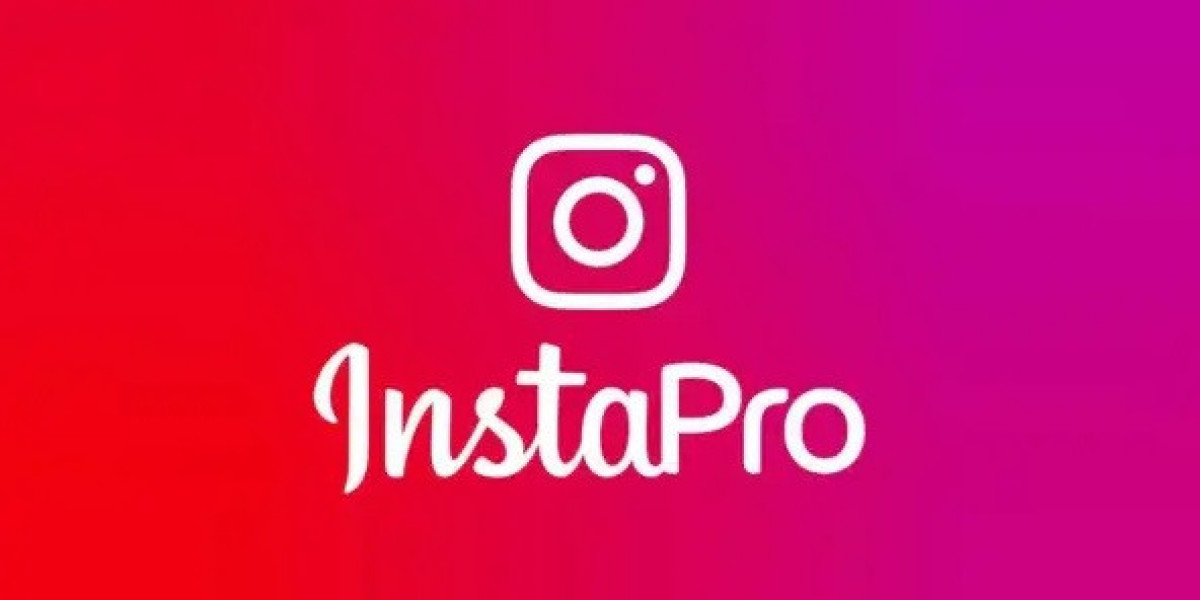It’s the visual narrative of your business—your story, market opportunity, and growth potential, all condensed into a brief, compelling format. But what exactly should your pitch deck include to stand out in a sea of presentations? While creativity and innovation are important, there are fundamental elements every successful deck must contain. In this article, we’ll explore the 10 essential slides every pitch deck should include, helping you build a persuasive and memorable presentation.
1. The Cover Slide
Your cover slide sets the tone for the entire presentation. It should be clean, visually appealing, and contain your startup's name, logo, tagline, and the presenter's contact information. A well-designed cover slide creates a professional first impression and invites your audience to engage with what follows. The tagline should capture your value proposition in a single sentence—think of it as your business's elevator pitch.
This slide may also include the date and the name of the pitch event, if applicable. The key here is clarity and simplicity. Resist the urge to add excessive design elements. Let the brand speak through cohesive colors and fonts that carry through the rest of your deck.
2. The Problem Slide
Every great business begins by solving a real, tangible problem. Your second slide should define that problem clearly and concisely. Help investors understand the pain point your target audience is experiencing. Use relatable examples or statistics to emphasize the scale and urgency of the issue.
Avoid overcomplicating this slide. The goal is to evoke a sense of empathy and curiosity. A well-articulated problem statement shows that you deeply understand the market you’re entering and that there’s a genuine need for your solution.
3. The Solution Slide
Once the problem is established, the next step is to present your solution. What unique approach does your business take to resolve this issue? Whether it’s a product, platform, or service, demonstrate how your offering is better, faster, or more accessible than what currently exists.
Focus on benefits rather than features. For example, rather than listing specifications of your app, explain how it saves users time or improves their quality of life. Use visuals where possible—a product demo image or simple infographic can be far more effective than bullet points.
4. The Market Opportunity Slide
This slide should answer the question: is the market big enough to build a scalable and profitable company? Define the total addressable market (TAM), serviceable available market (SAM), and serviceable obtainable market (SOM) if possible. This data gives investors confidence in your startup’s growth potential.
Use charts or graphs to illustrate market trends and highlight the timing of your entry. If applicable, include details about emerging behaviors or shifts that make now the ideal moment for your solution. Avoid inflated projections—be realistic and cite credible sources.
5. The Business Model Slide
How do you plan to make money? Your business model slide outlines your revenue streams. Are you operating on a subscription basis, a one-time purchase, freemium-to-premium, or another model? Also mention pricing strategy, customer acquisition cost (CAC), and lifetime value (LTV) if available.
This slide should clearly convey how your company will become financially viable. If your business model is multi-faceted, show the breakdown visually with diagrams or flowcharts. Investors want to know that your revenue approach is both feasible and scalable.
6. The Traction Slide
Traction validates your business concept and demonstrates momentum. It’s one of the most persuasive parts of your pitch deck. This slide should showcase key metrics such as user growth, revenue, partnerships, retention rates, or product launches.
Graphs work particularly well here—visualizing growth over time provides instant credibility. If your startup is pre-revenue, consider using engagement metrics, beta test results, or notable endorsements. The aim is to show that people want what you’re offering and that your business is moving in the right direction.
7. The Go-to-Market Strategy Slide
Your go-to-market (GTM) strategy outlines how you plan to acquire customers. This slide should detail your marketing channels, sales funnel, partnerships, and distribution methods. It’s especially important for startups in competitive or crowded markets.
Explain the reasoning behind your chosen channels. For instance, if you’re targeting Gen Z, social media campaigns on TikTok may be more relevant than traditional advertising. You can also mention pilot programs, early adopters, and referral strategies. The GTM strategy shows investors that you have a practical and tested approach to growing your user base.
8. The Competitive Landscape Slide
Every investor wants to know who your competitors are and how you compare. Use this slide to position your startup within the existing market ecosystem. A 2x2 matrix or feature comparison table is often used to illustrate this.
Rather than claiming you have “no competition,” which often raises red flags, show how your product differentiates from others. Do you offer better pricing, a superior user experience, or innovative features? Acknowledge your competitors’ strengths while subtly highlighting their weaknesses. The goal is to present yourself as a strong contender with a clear edge.
9. The Team Slide
A great idea is only as good as the team executing it. Investors often say they invest in people, not just products. Use this slide to introduce your founding team and any key advisors. Highlight their relevant experience, expertise, and previous accomplishments.
Headshots and brief bios are helpful here. If members have worked at prominent companies, launched other startups, or bring unique domain knowledge, mention it. This is your chance to show that you have the skills and credibility to bring the vision to life.
10. The Ask Slide
Your final slide should be direct and confident. How much are you raising? What will the funds be used for—product development, hiring, marketing, or operations? Provide a high-level breakdown.
Also, include what investors can expect in return. If possible, indicate milestones you expect to hit with this funding round. This shows you’ve thought through your financial roadmap and know how to allocate resources strategically.
Keep this slide simple, clean, and specific. Ambiguity in your ask can weaken an otherwise strong pitch.
Bringing It All Together
When structured thoughtfully, these 10 slides guide investors through your business narrative—from identifying a market need to presenting a viable solution and growth plan. A pitch deck is not just a presentation; it’s a storytelling tool. Each slide plays a vital role in building your case and instilling confidence in your potential partners.
However, great content alone isn’t enough. The design of your pitch deck also matters. Cluttered visuals, inconsistent fonts, or poorly chosen colors can distract or even turn investors off. That’s why many startups turn to pitch deck design services to ensure their ideas are not only communicated effectively but also visually compelling. A professionally designed pitch deck helps maintain attention, enhance understanding, and reflect your brand's polish and preparedness.
Still, it's crucial to remember that design should enhance—not overshadow—the content. Visual storytelling should support your message, not replace it. A balance of sharp visuals, thoughtful structure, and persuasive data is what makes a pitch deck memorable and effective.
Final Thoughts
Crafting a pitch deck is a balancing act between brevity and detail, logic and emotion, strategy and creativity. When done right, it acts as your startup’s voice in the room—clear, confident, and inspiring. Whether you're just starting out or refining your pitch for a new round of funding, ensuring that these 10 essential slides are present and powerful is key to your success.
If you feel unsure about layout, formatting, or how best to visualize your data, consider collaborating with professionals who specialize in pitch deck design services. Their expertise can help you transform your startup story into a persuasive pitch that opens doors and wins support.










